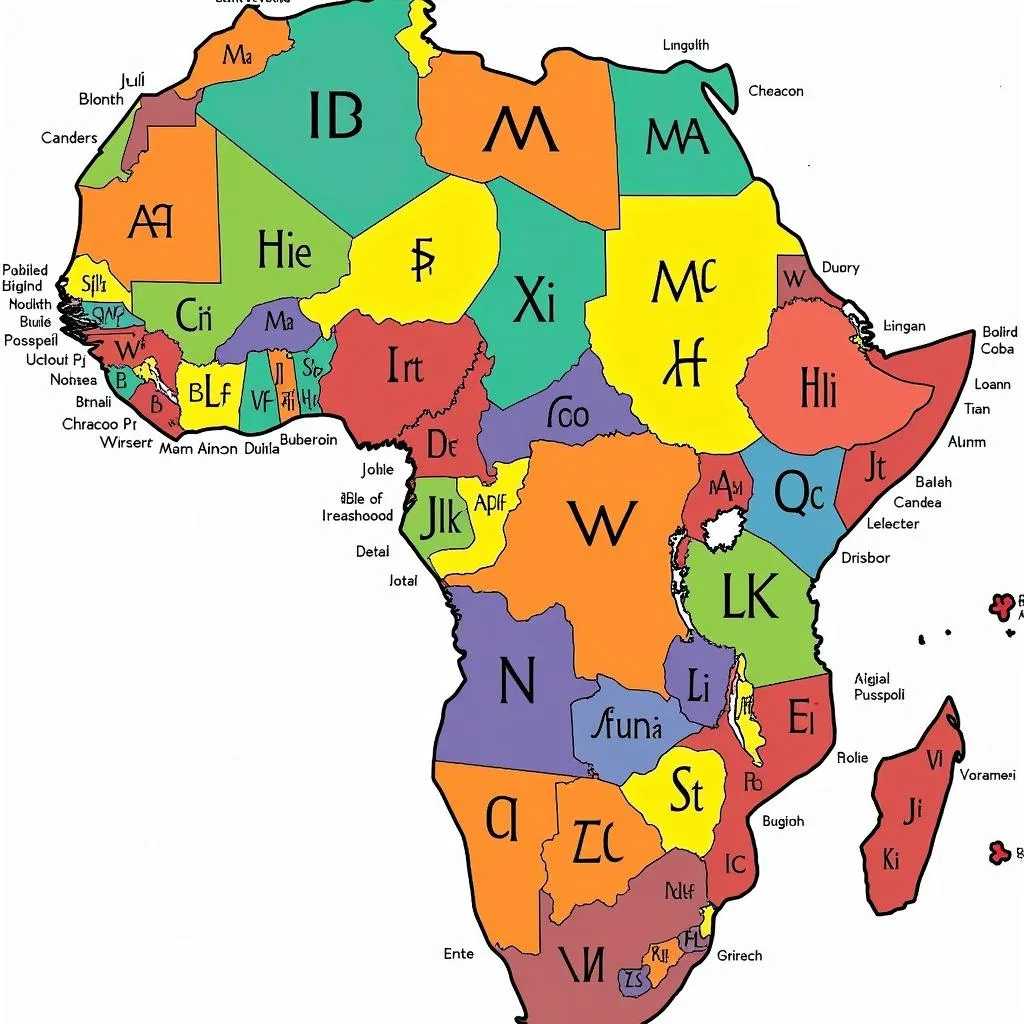The African Camel: A Resilient Icon of the Desert
The African camel, often overlooked in conversations about wildlife, is a testament to nature’s adaptability and resilience. These remarkable creatures, specifically the dromedary camel with its single hump, are intricately woven into the fabric of life across North Africa. They are more than just animals; they are symbols of survival, companions on arduous journeys, and vital contributors to the economy and culture of numerous communities.
The Camel’s Domain: Thriving in Arid Landscapes
Camels are supremely adapted to survive in some of the harshest environments on Earth. Their physical attributes read like a survivalist’s checklist. Their humps, contrary to popular belief, store fat, not water, providing sustenance during long periods without food. Their long eyelashes and closable nostrils act as barriers against blowing sand, while their broad, padded feet offer excellent traction on shifting desert sands.
Their ability to endure scorching temperatures and go for extended periods without water is legendary. Camels can withstand a loss of up to 30% of their body water, a feat that would be fatal for most mammals.
Beyond the Caravan: The Many Roles of the African Camel
While their role as pack animals is well-documented, African camels contribute to human life in myriad ways.
The Camel as a Beast of Burden
For centuries, camels have been essential to trade and transportation across the Sahara Desert and beyond. Their ability to carry heavy loads over long distances made them invaluable partners for nomadic traders, facilitating the exchange of goods and ideas between distant communities. Even today, camel caravans remain a common sight in parts of North Africa, a testament to their enduring importance in a world increasingly reliant on modern transportation.
The Camel as a Source of Sustenance
Camel milk, a staple in many nomadic cultures, is highly nutritious, rich in vitamins, minerals, and antibodies. Camel meat, a valuable source of protein, is leaner than beef and a traditional delicacy in several regions. Even camel dung finds a use, serving as a fuel source in areas where firewood is scarce.
The Cultural Significance of the African Camel
Beyond their practical applications, camels hold deep cultural significance across North Africa. They feature prominently in folklore, music, and poetry, often symbolizing strength, resilience, and prosperity. In many cultures, camel ownership is a source of status and pride, with intricate saddles and adornments reflecting the owner’s wealth and social standing.
Camel Racing: A Thrilling Spectacle
Camel racing, a popular sport in many North African countries, is more than just a competition; it’s a cultural event steeped in tradition and excitement. These races, often held during festivals and celebrations, attract huge crowds and generate fierce rivalries, showcasing the speed, agility, and close bond between camel and rider.
The Future of the African Camel
While the African camel remains a vital part of life in many regions, its future is not without challenges. Climate change, desertification, and the increasing use of motorized transport threaten traditional camel herding practices and the communities that rely on them.
However, efforts are underway to promote sustainable camel farming, protect camel habitats, and raise awareness about the importance of this iconic animal. By understanding and appreciating the vital role of the African camel, we can help ensure its survival for generations to come.
Frequently Asked Questions about African Camels:
-
What is the difference between a dromedary and a Bactrian camel? Dromedary camels, found in North Africa, have a single hump, while Bactrian camels, native to Central Asia, have two humps.
-
How long can a camel go without water? A camel can survive for up to two weeks without water, depending on the conditions and its activity level.
-
What is the average lifespan of an African camel? African camels typically live for 40-50 years.
-
Are African camels endangered? While not currently classified as endangered, their populations are facing challenges due to habitat loss and climate change.
-
What are some ways to support camel conservation efforts? Supporting organizations dedicated to camel welfare, promoting sustainable camel farming practices, and raising awareness about the importance of camels are all ways to contribute to their conservation.
For further exploration of African culture and wildlife, we invite you to discover more insightful articles on our website.
Should you require any assistance, please do not hesitate to contact us:
Phone: +255768904061
Email: kaka.mag@gmail.com
Address: Mbarali DC Mawindi, Kangaga, Tanzania.
Our dedicated customer care team is available 24/7 to assist you.


